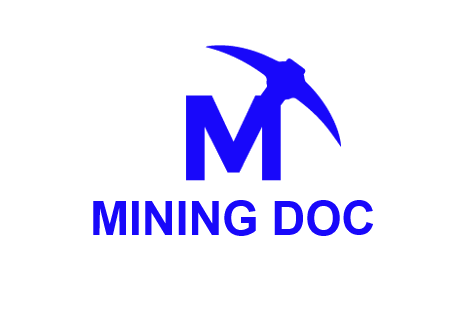The map highlights some of the world’s largest mines (excluding coal and salts). I focus on the biggest pits and highest producing assets within each commodity category. The “Other” category includes primarily Nickel, Zinc, Molybdenum, some Silver, and various byproducts.
What stands out is the sheer scale of iron mining compared to other commodities. So, why aren’t all the largest mines iron mines? The answer lies in ore grades—the amount of metal extracted per ton of rock moved.
Ore grades can vary significantly. For example, from a ton of iron ore, you might recover 600,000 grams of iron. In contrast, a ton of copper ore yields only about 8,000 grams of copper. This means copper mines need to move much larger volumes of rock to achieve their output, which is why they are often massive, even if their production is much lower than that of iron mines.
Gold represents only a small fraction of total production in terms of volume, gold mines must be tiny right? No. Gold ore grades are extremely low—often 3-5 grams of gold per ton of material mined. Due to its high value, it’s economically viable to operate large mines, digging deep and hard to access the precious metal. Also, thanks to the high value, gold is often a recovered by-product of other mining activities; in fact, 30% of the gold production from the mines listed here comes as by-product from the mines that don’t primarily mine on gold.
Credits to Jakob Rutqvist





